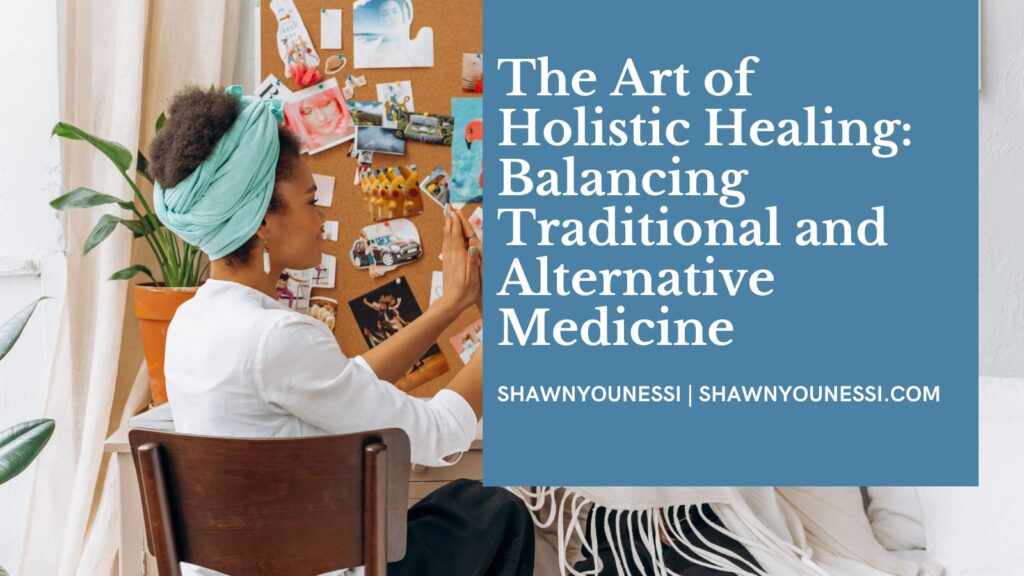
The world of healthcare has witnessed a significant shift in recent years as more individuals explore complementary and alternative medicine alongside traditional medical treatments. This integration, often called holistic healing, recognizes the importance of addressing a person’s physical, emotional, and spiritual well-being.
Traditional Medicine: The Foundation of Healthcare
Traditional medicine, often known as allopathic or Western medicine, is grounded in rigorous scientific research and evidence-based practices. It relies on pharmaceuticals, surgical procedures, and medical interventions to diagnose and treat various health conditions. This approach has undoubtedly saved countless lives and is highly effective in managing acute and severe health issues.
Alternative Medicine: A Holistic Approach
On the other hand, alternative medicine encompasses a wide range of practices that are not part of conventional Western medicine. These practices often focus on natural remedies, holistic therapies, and mind-body techniques to promote well-being and address health concerns.
Balancing the Two Worlds
Holistic healing seeks to bridge the gap between traditional and alternative medicine, recognizing that both have unique strengths and limitations. Here’s how they can complement each other:
- Personalized Care: Holistic healing recognizes that every individual is unique, and what works for one person may not work for another. Integrative practitioners take the time to understand a patient’s specific needs and preferences, often blending conventional treatments with alternative therapies.
- Mind-Body Connection: Many alternative therapies, such as yoga, meditation, and acupuncture, emphasize the connection between mental and physical health. These practices can complement traditional treatments, particularly for conditions influenced by stress or emotional well-being.
- Prevention and Wellness: Alternative medicine often strongly emphasizes preventive care and overall wellness. Incorporating practices like nutrition counseling, herbal supplements, and lifestyle modifications can help individuals maintain good health and reduce the risk of chronic diseases.
- Pain Management: Alternative therapies like chiropractic care, massage therapy, and acupuncture can effectively manage chronic pain conditions. They may reduce the reliance on pain medications and offer more sustainable relief.
- Patient-Centered Approach: Holistic healing places the patient at the center of their care. It encourages open communication, shared decision-making, and a focus on the individual’s goals for health and well-being.
The art of holistic healing lies in balancing traditional and alternative medicine. Recognizing that each approach has its strengths and limitations allows individuals to access a broader spectrum of healing modalities. Whether seeking relief from chronic pain, managing stress, or pursuing a path to overall wellness, embracing both traditional and alternative therapies can provide a comprehensive and personalized approach to your health and well-being.